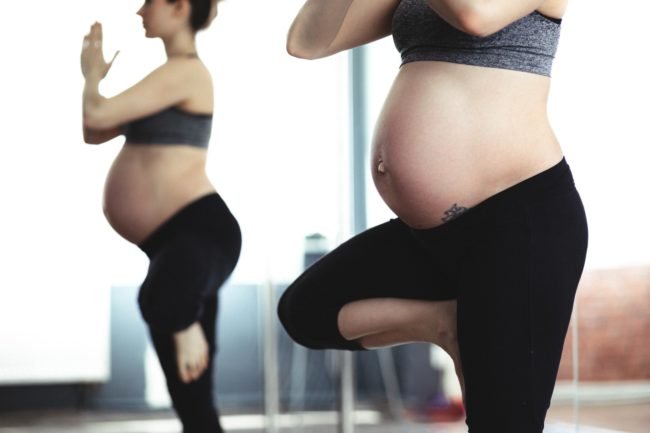A pregnant woman eagerly awaits her bundle of joy but at the same time in the corner of her heart, she has the fear of labor pains and anxiety on how it will go and how she will manage.
A first-time mother is always anxious about whether she will be able to recognize the symptoms of labor and whether she will reach the maternity rooms on time.
The commonest issue is recognizing these pains. All women experience Braxton Hicks contractions.
How do we differentiate between false labor pains and true labor pains?
Braxton Hicks Contractions
- These false labor contractions can begin in the second or third trimester.
- Contractions are painless and irregular, but the mother to be will complain of discomfort.
- The pain is in the lower abdomen and mainly in the front.
- Pain settles at times with rest and change of position.
True Labor Pains
- Contractions are much stronger, more painful and gradually increase in duration frequency and amplitude.
- Labor pains do not get better with a change of position.
- They begin in the lower back, they then spread to the front and the lower abdomen and sometimes radiate to the legs.
- It can be accompanied by mucus discharge (show) and sometimes leaking of the water due to the rupture of membranes.
When to head to the maternity department for delivery?
You must report to the doctor when:
- There are painful contractions gradually increasing in duration and frequency and amplitude.
- Its a leaking of fluid and/or show.
- If you feel there is reduced foetal movements and any other symptoms.
A clinical examination by the doctor can clearly differentiate between false and true labor pains. In true labor, there is cervical effacement and dilatation and gradual descent of the foetus eventually leading to the birth of the baby.








